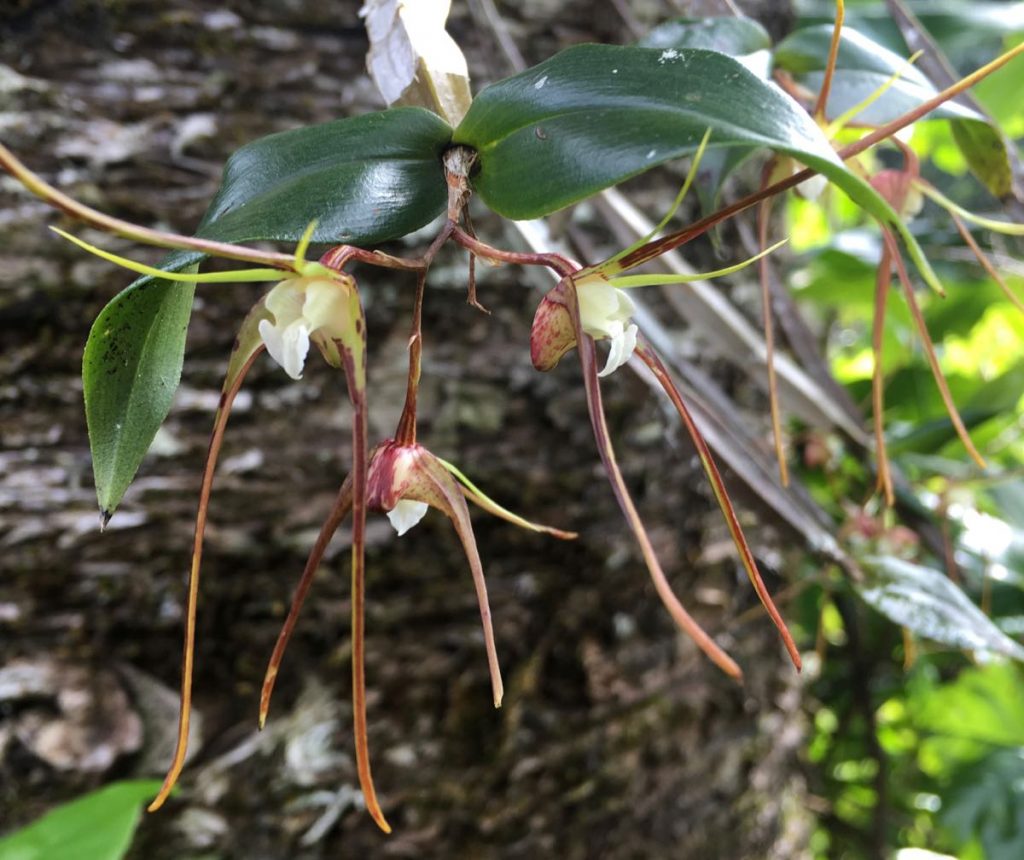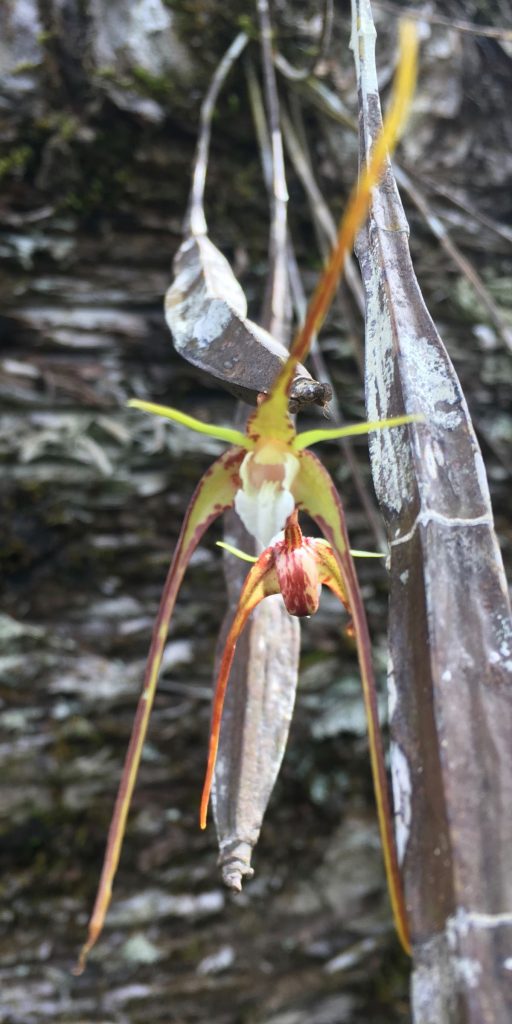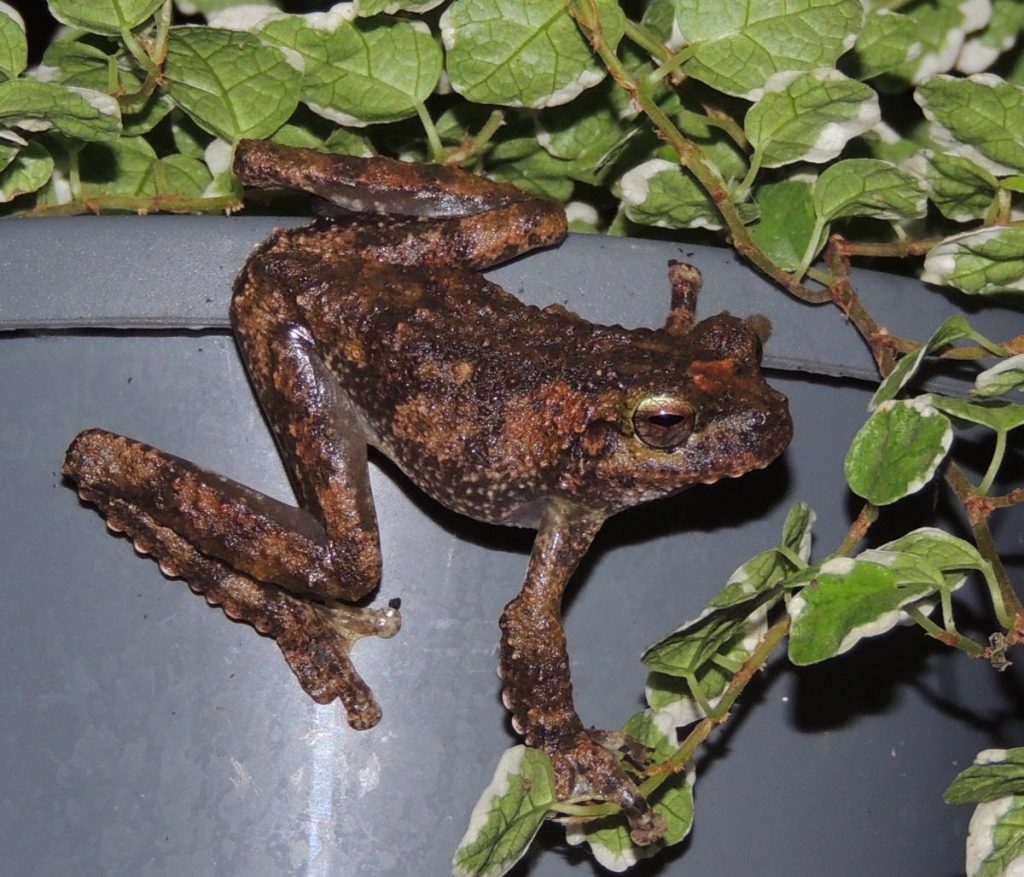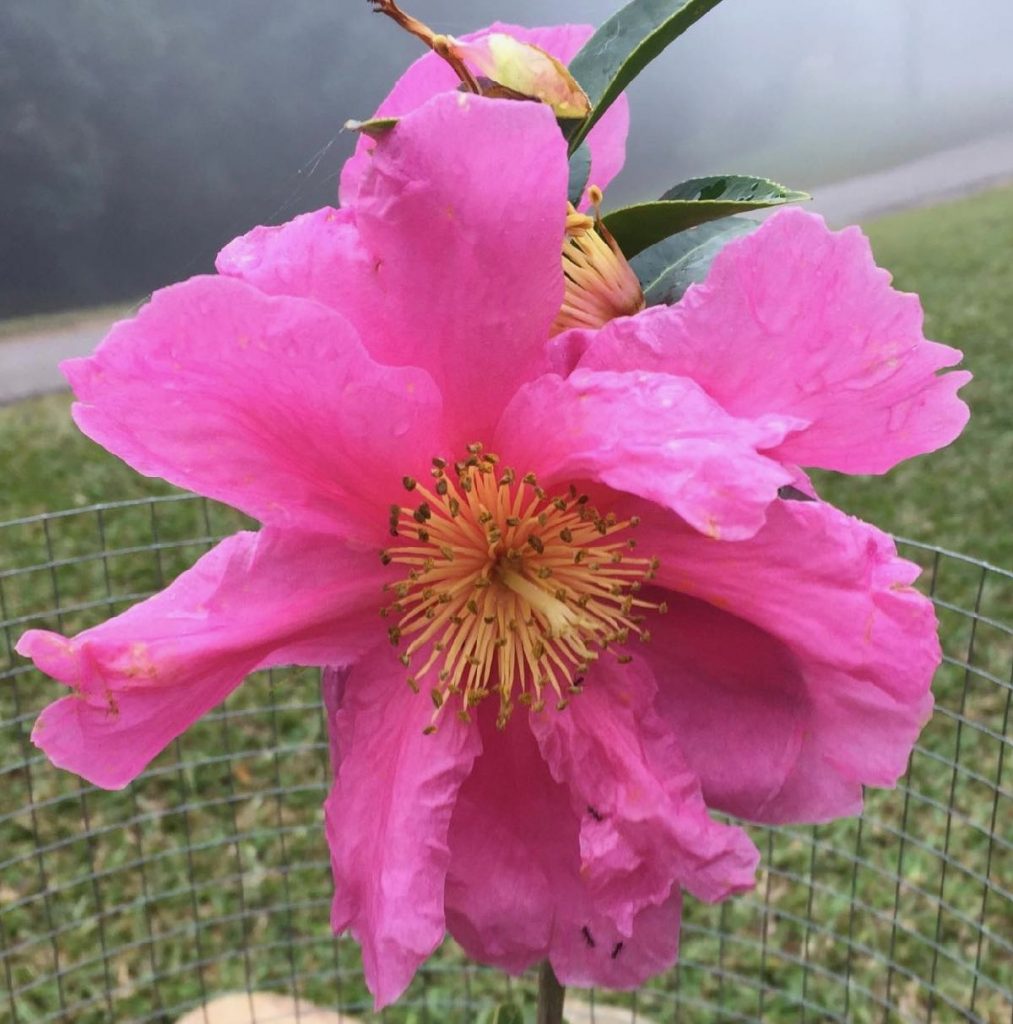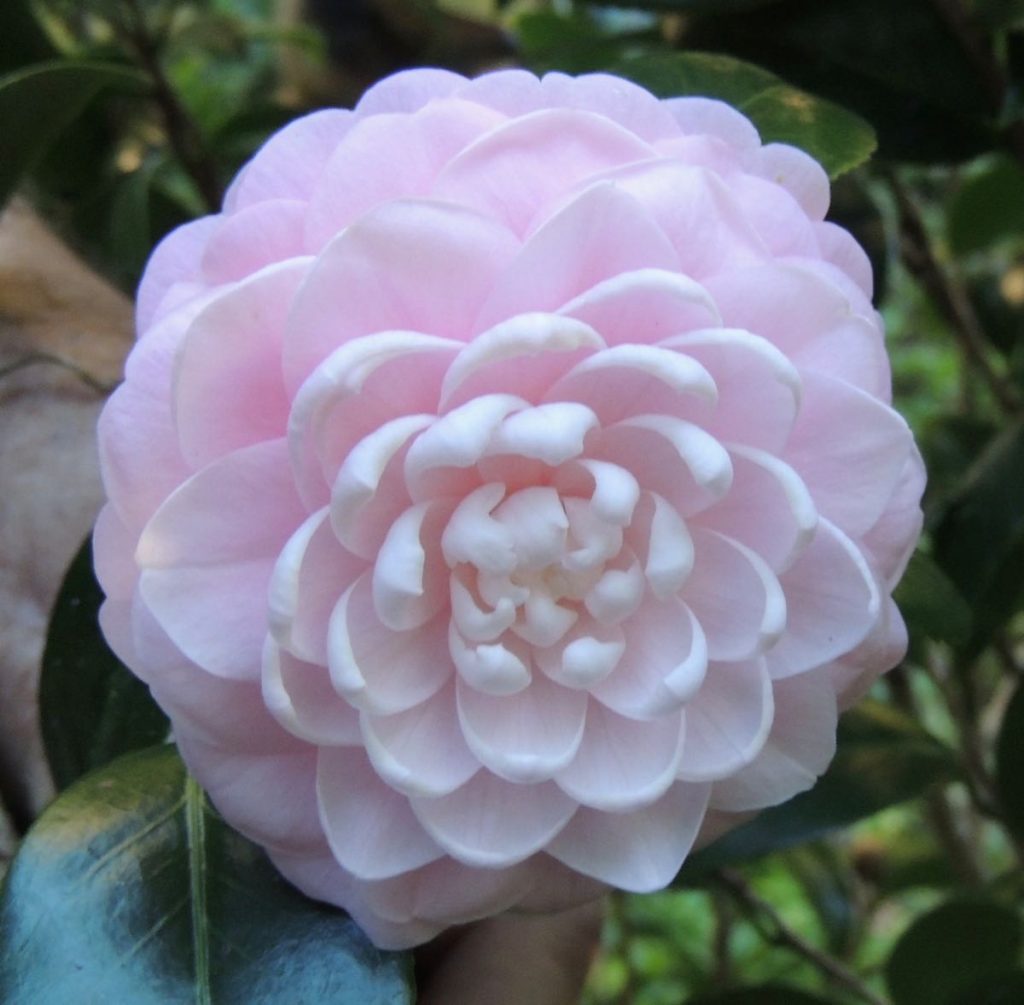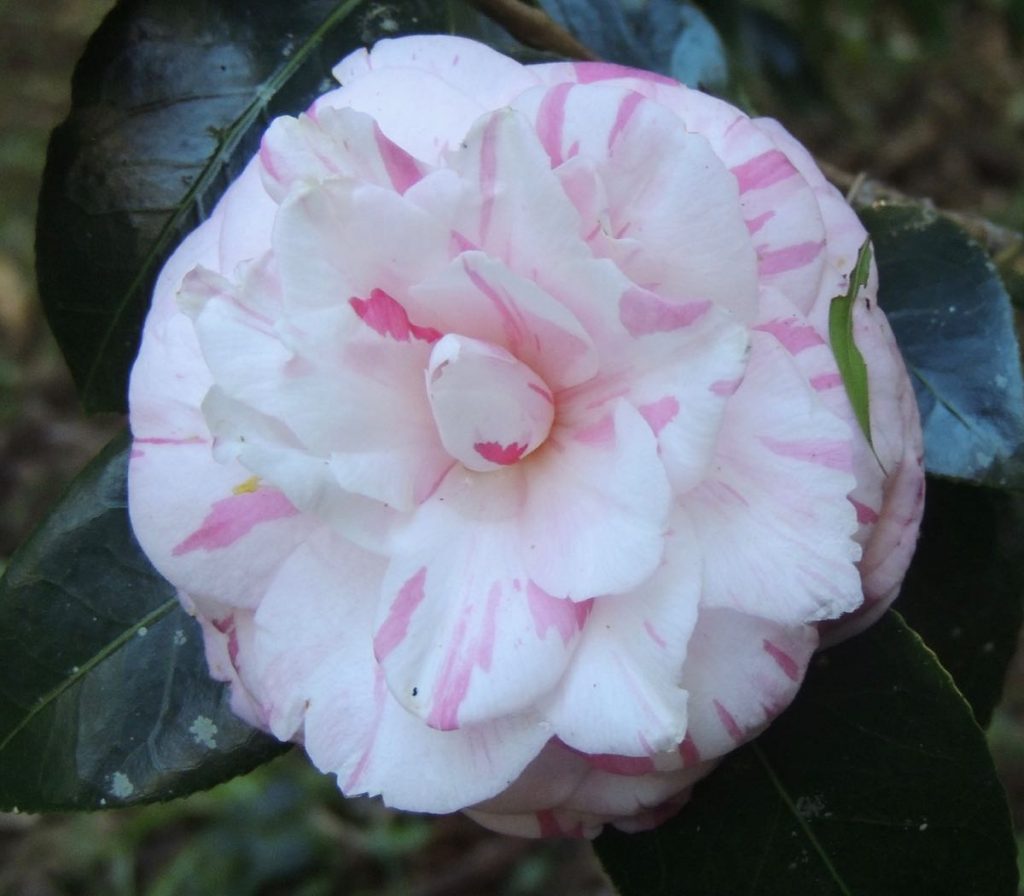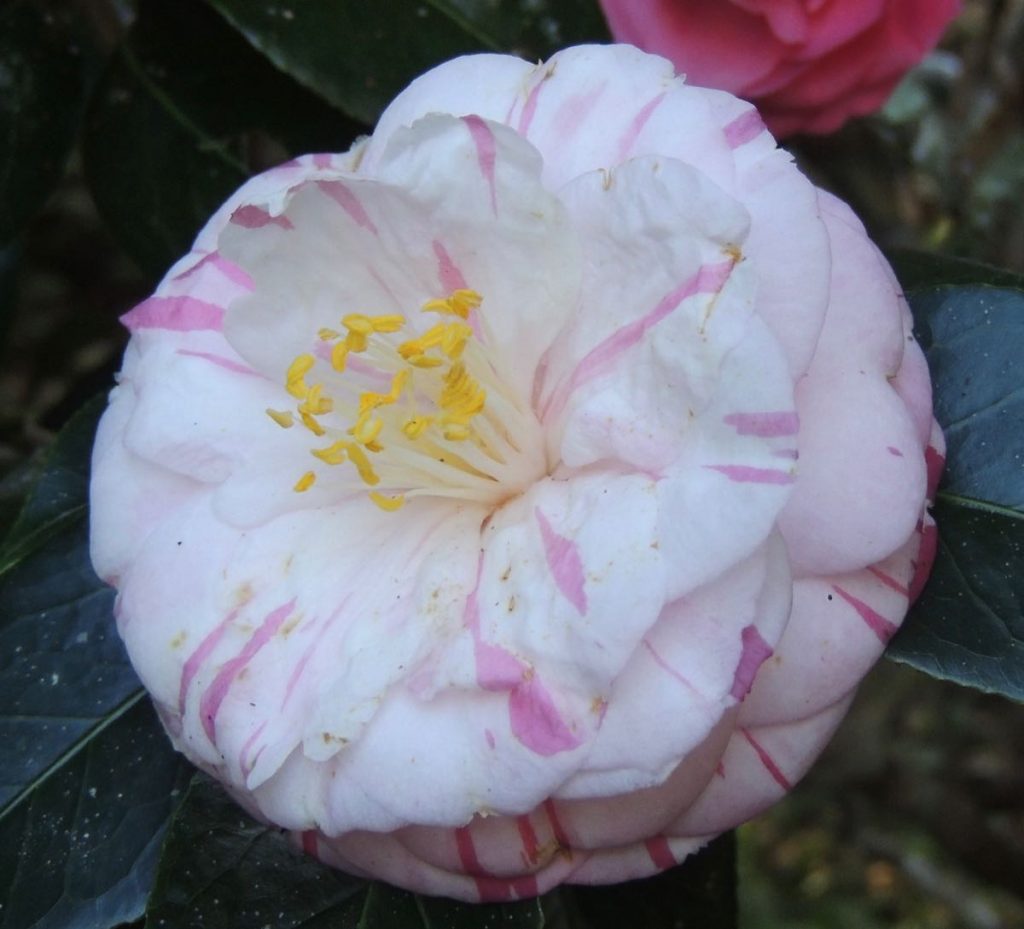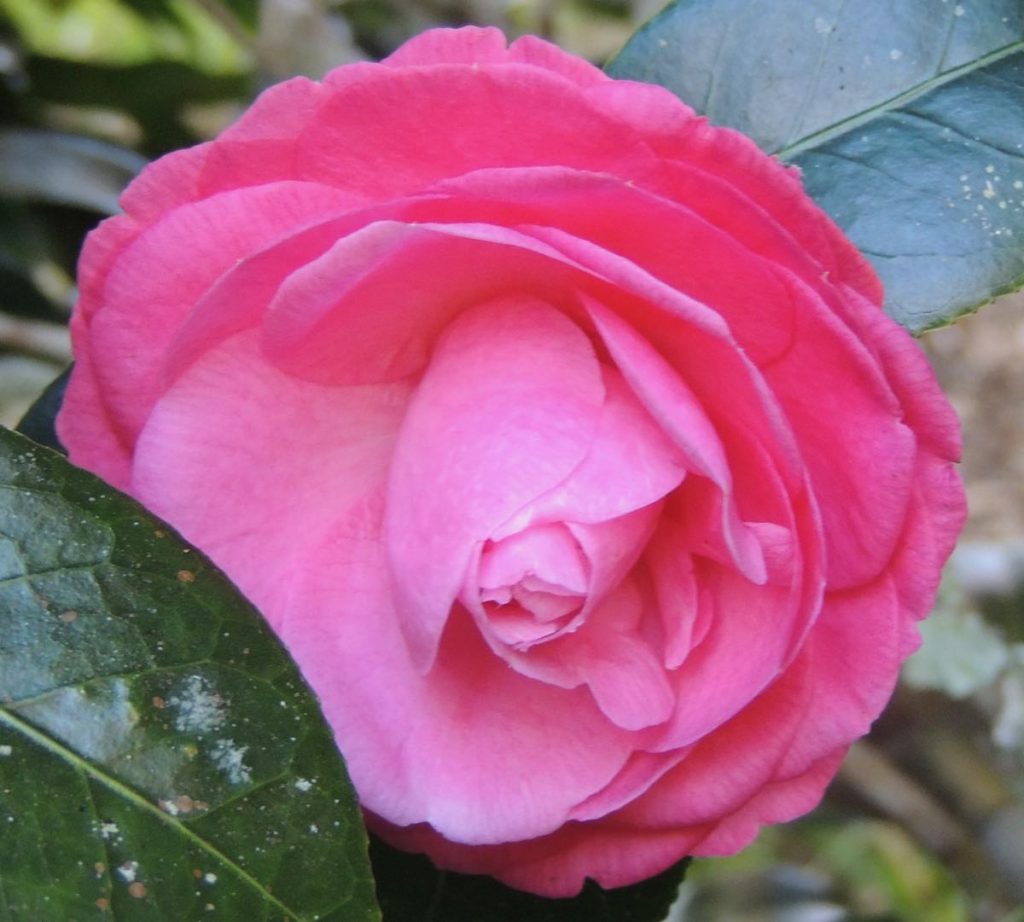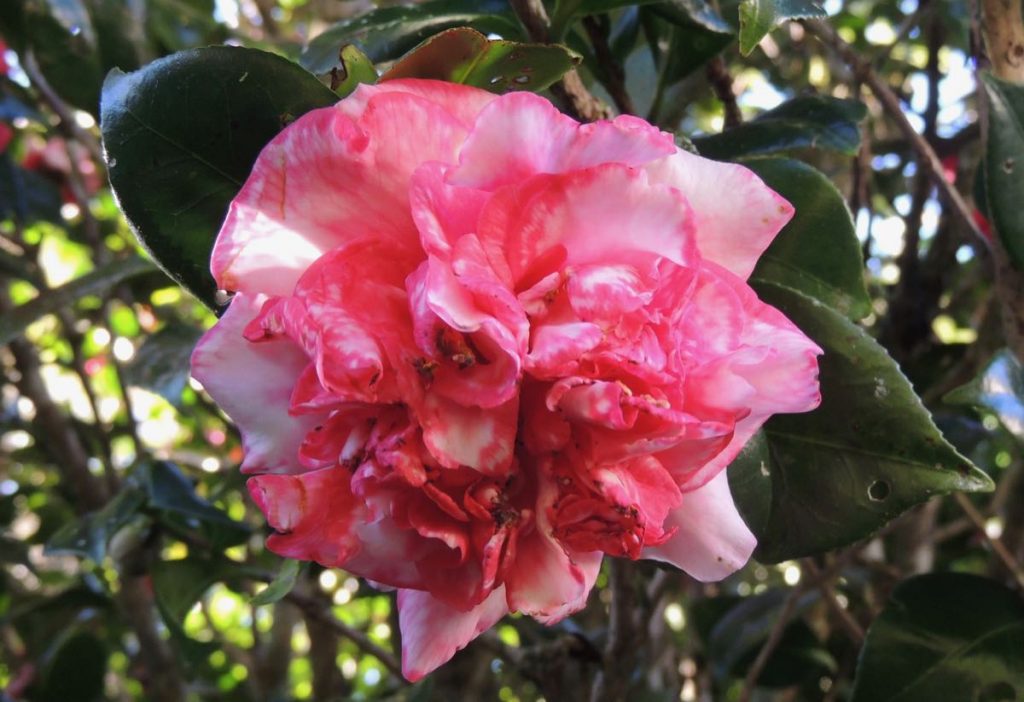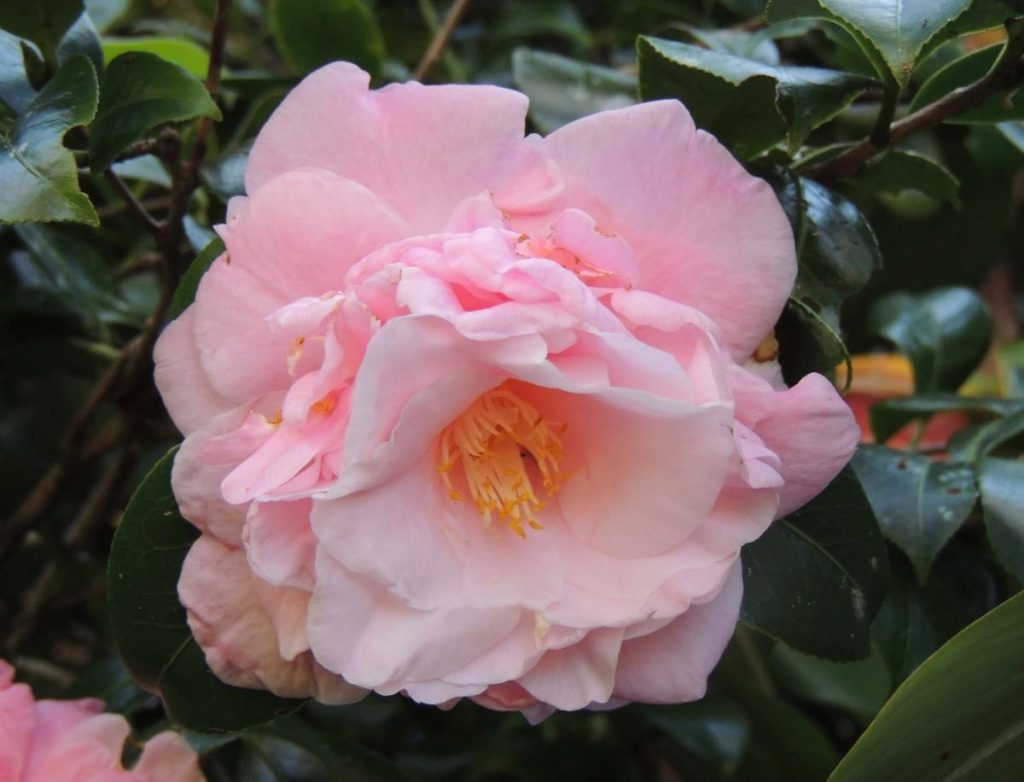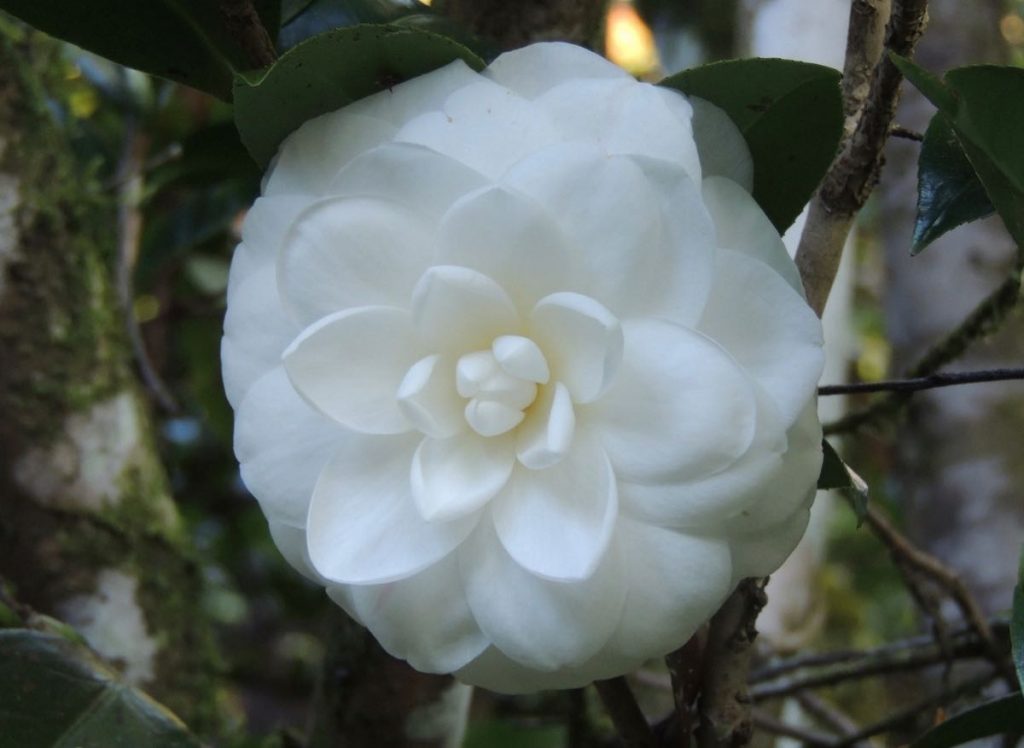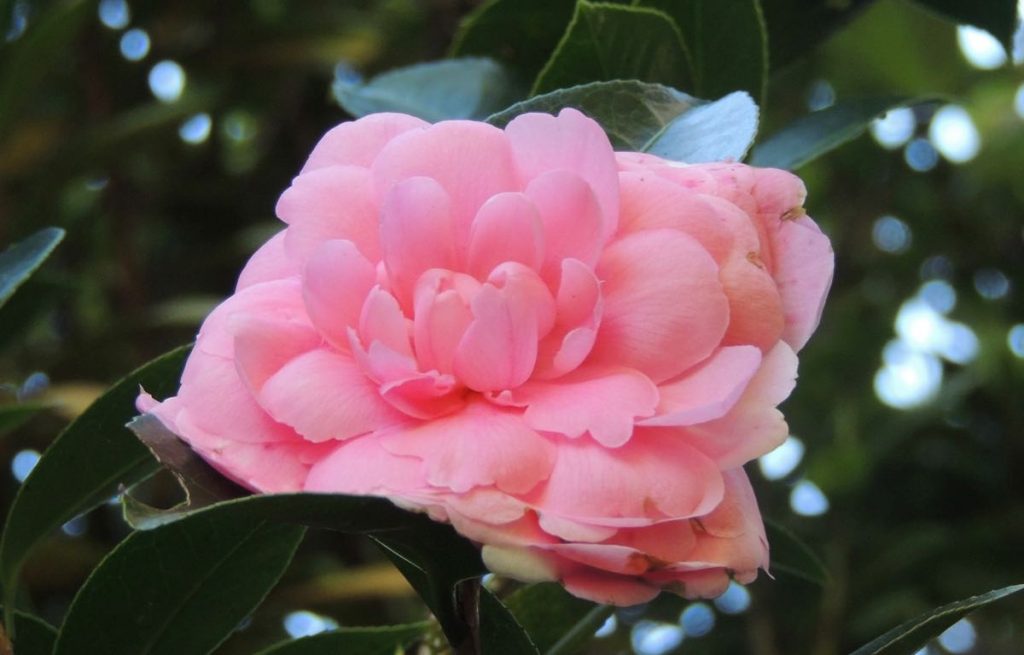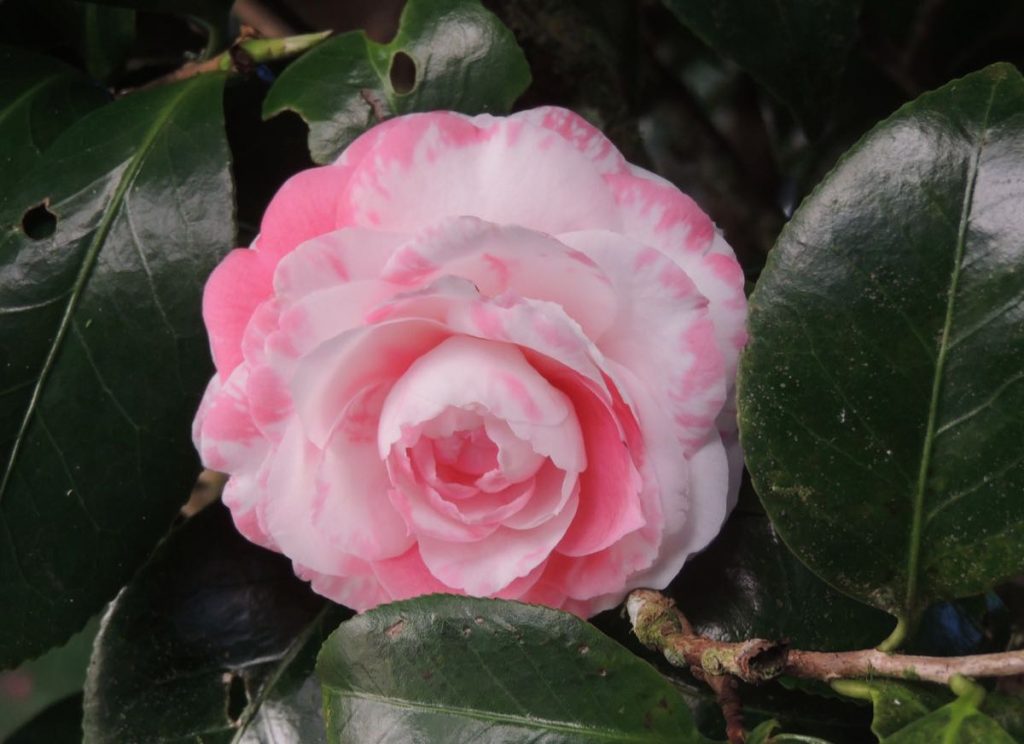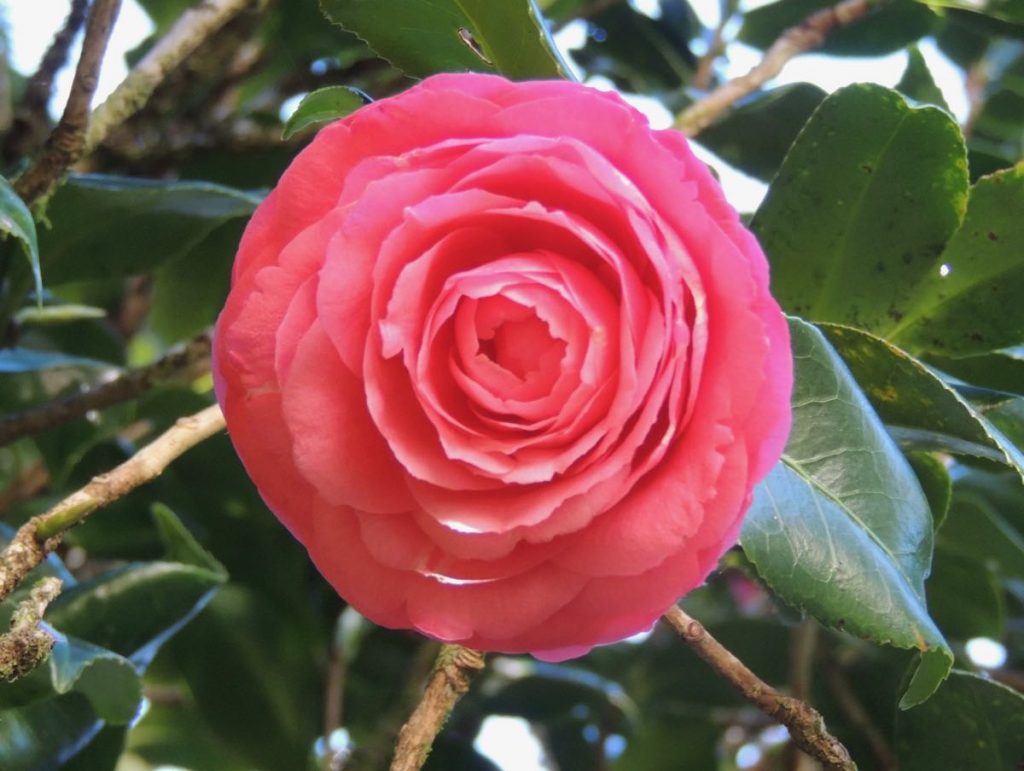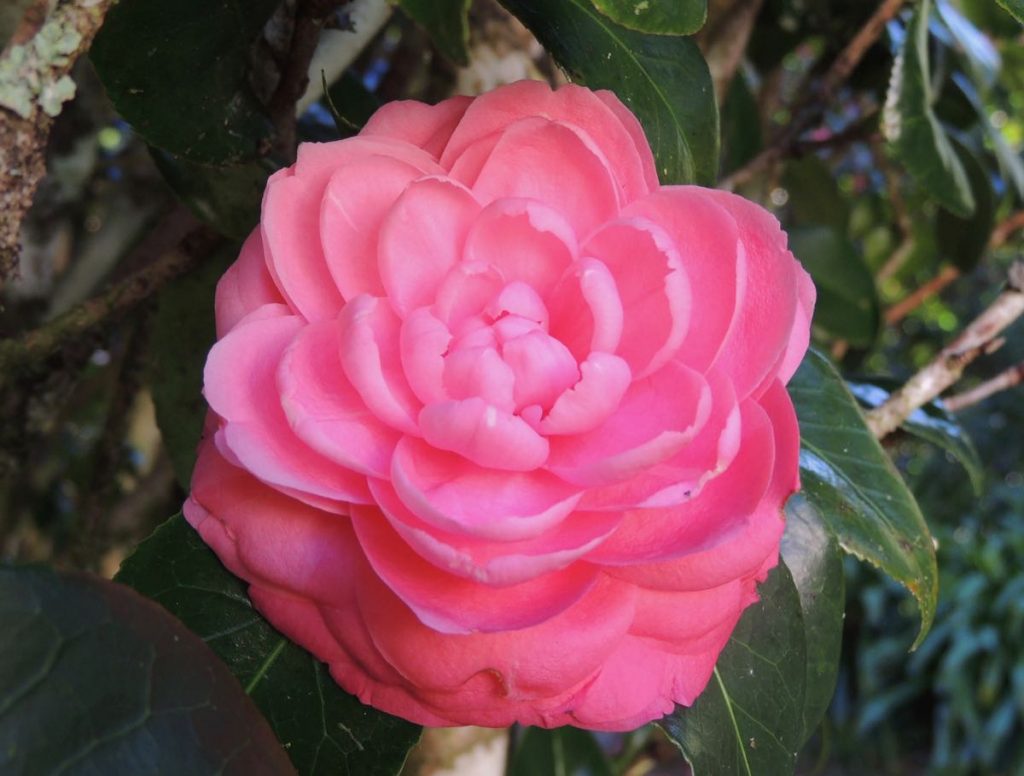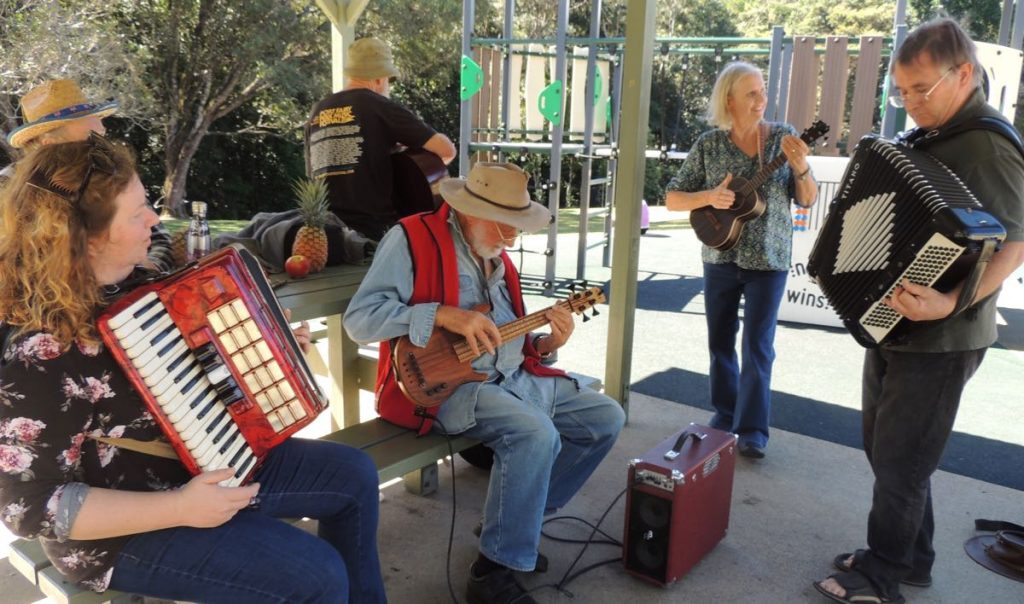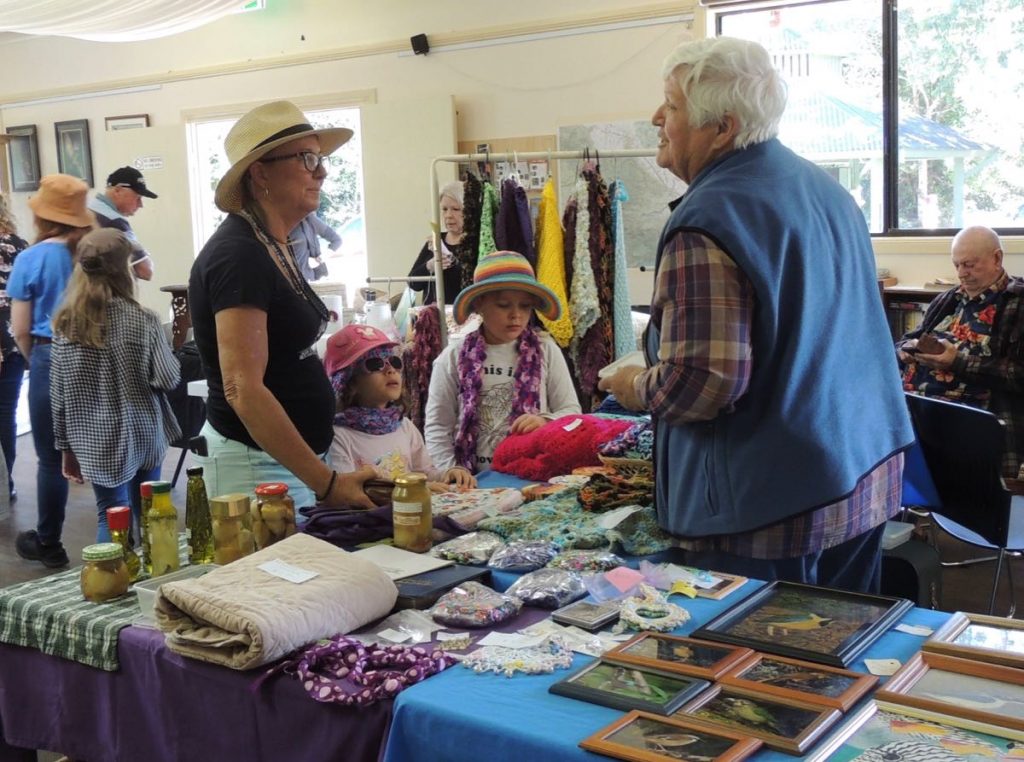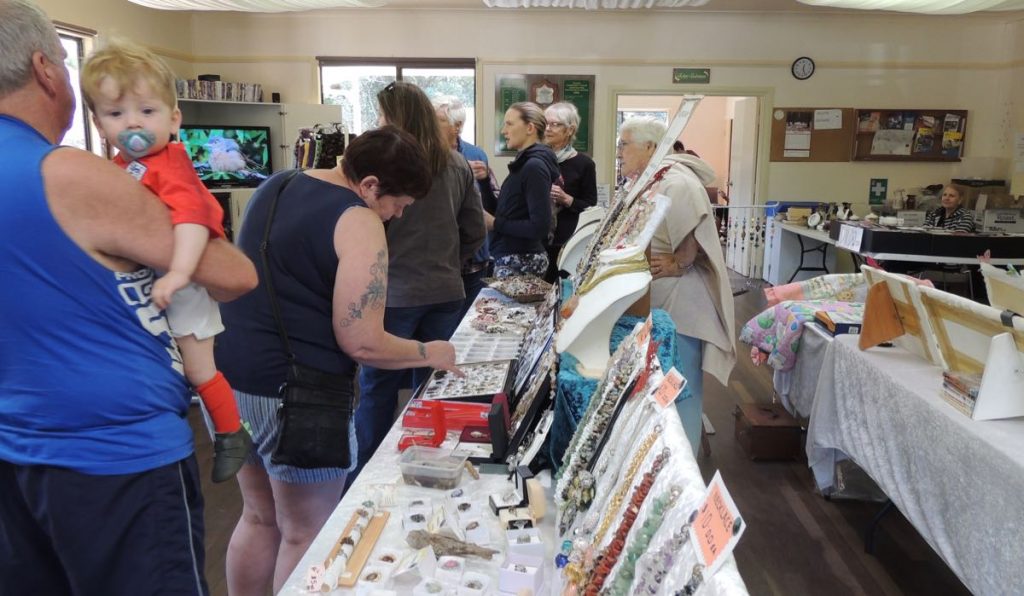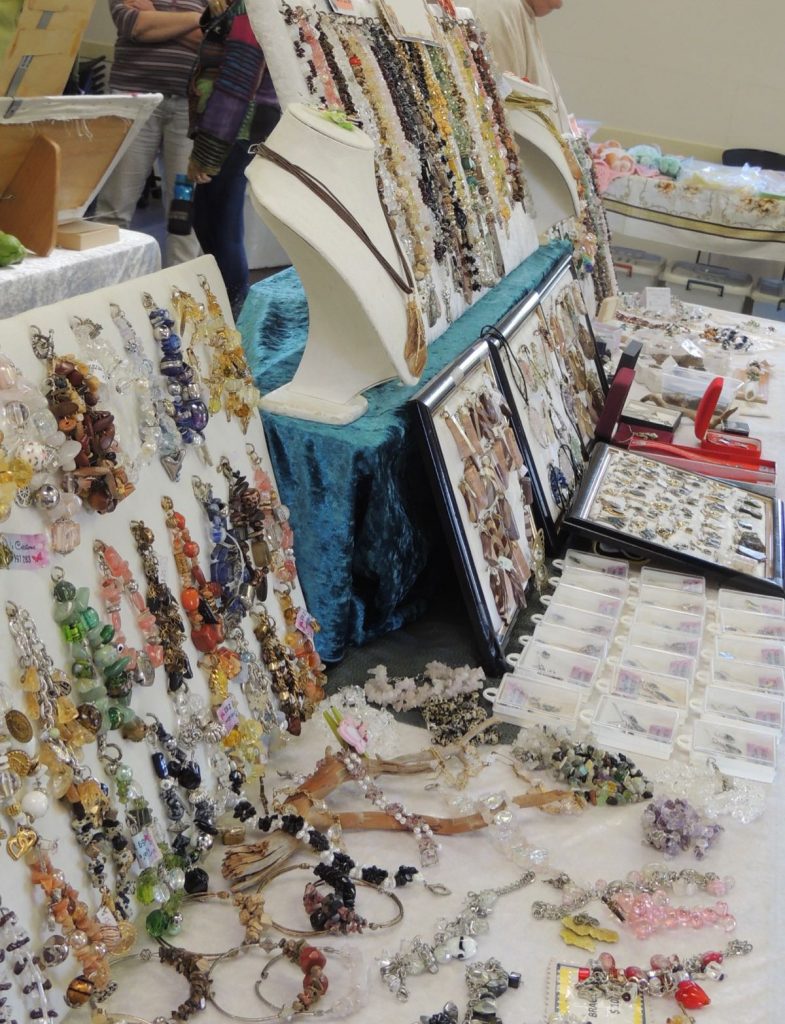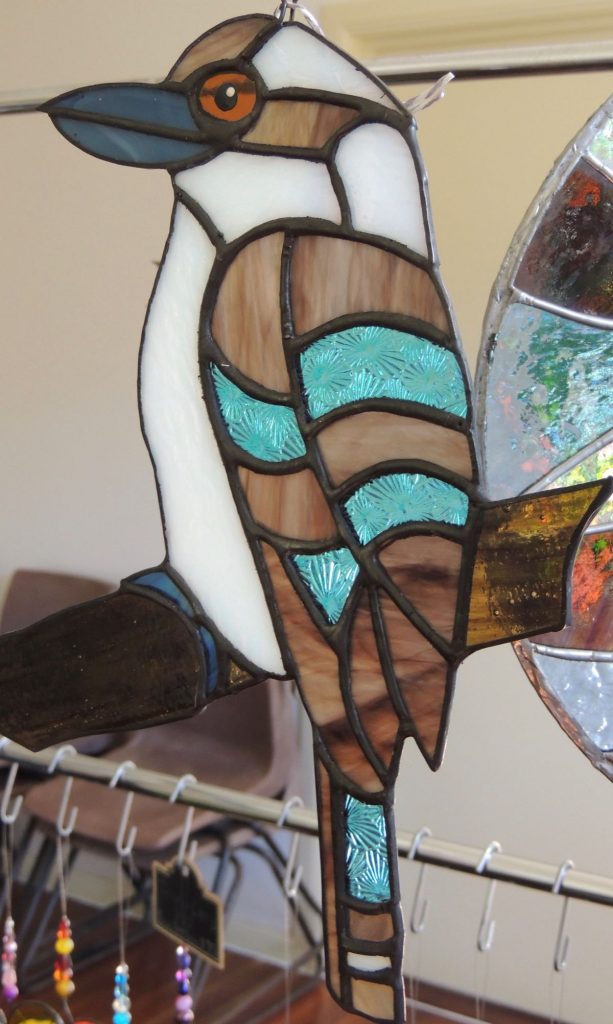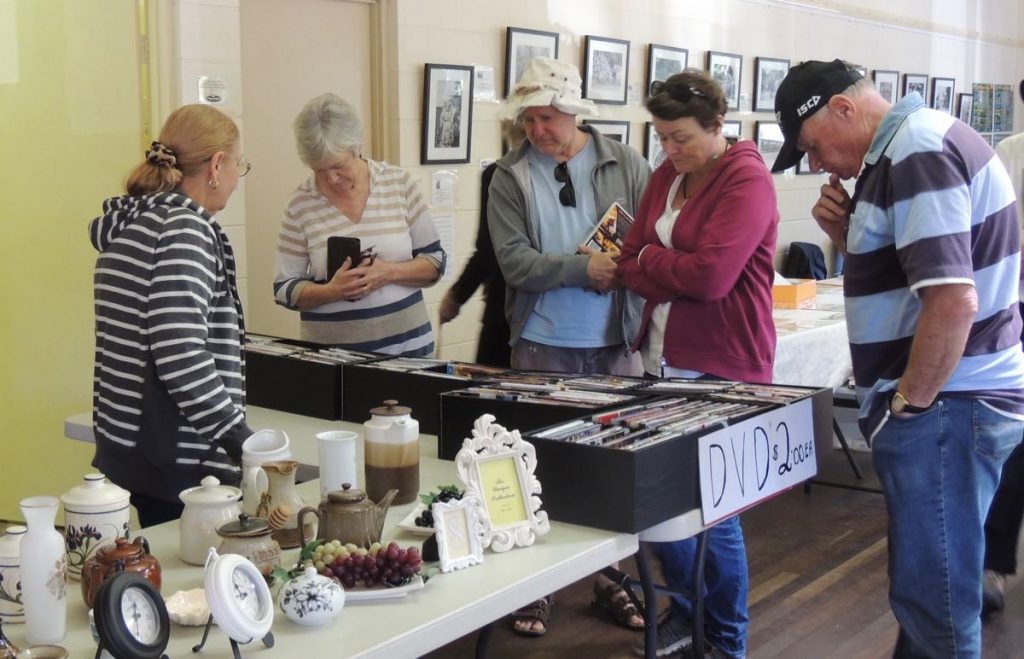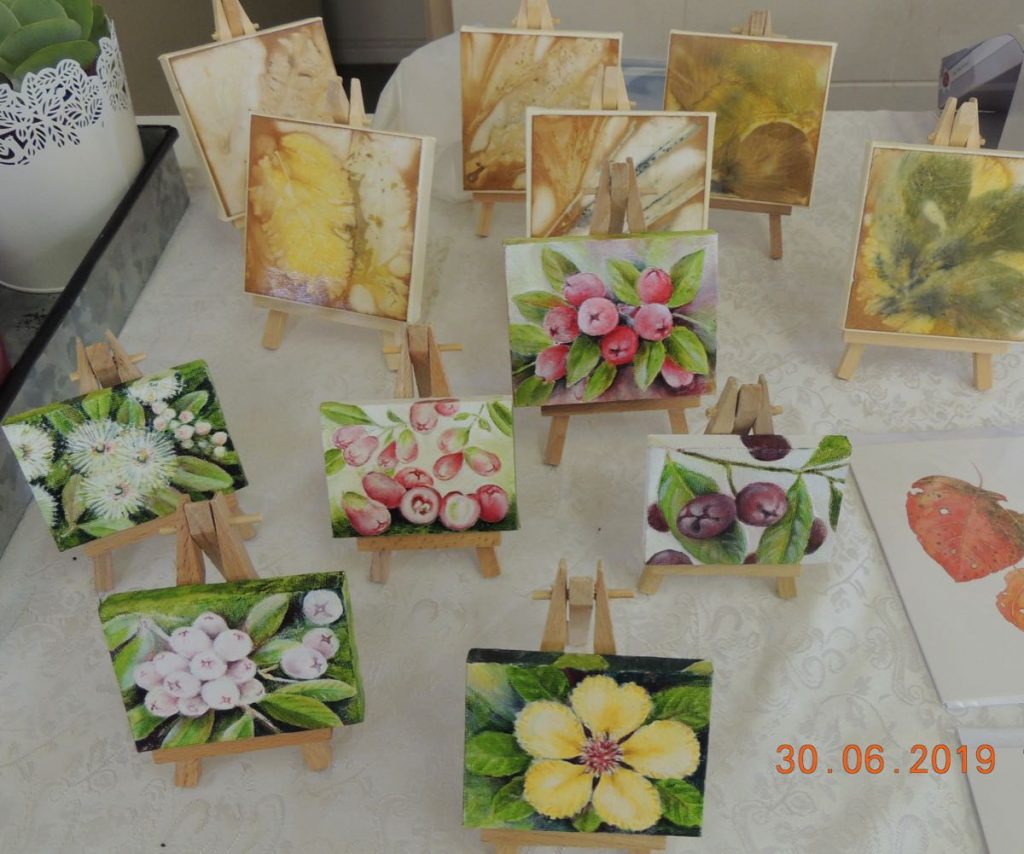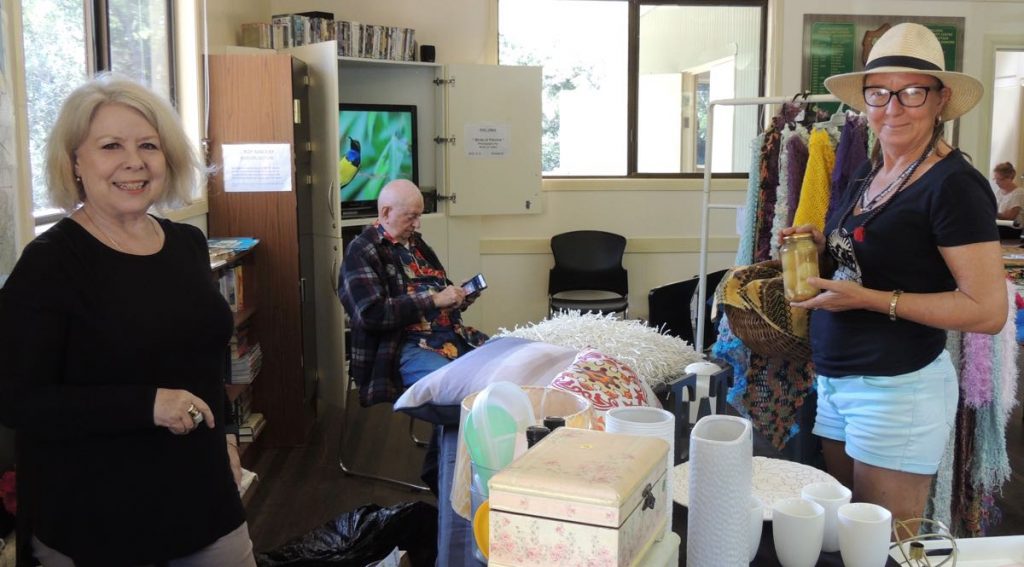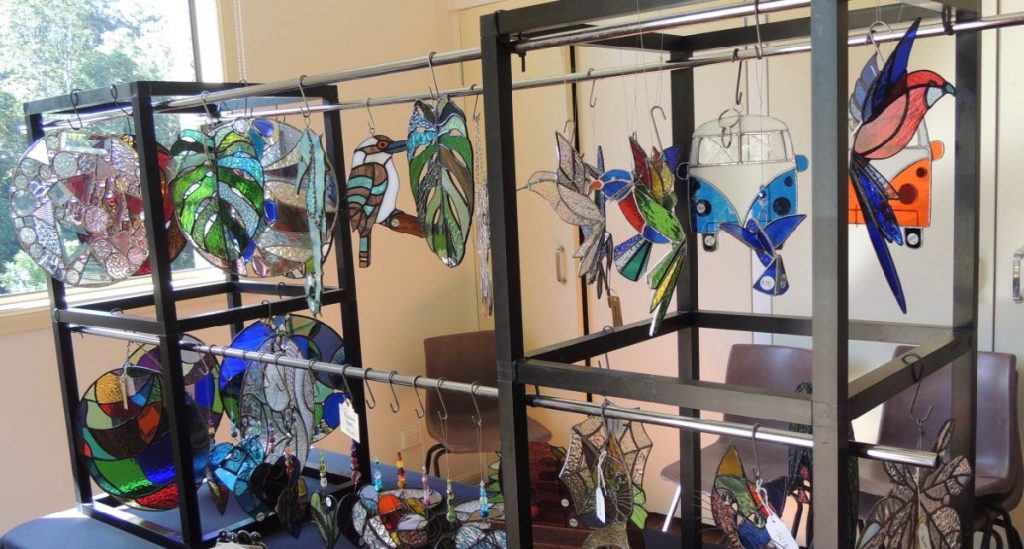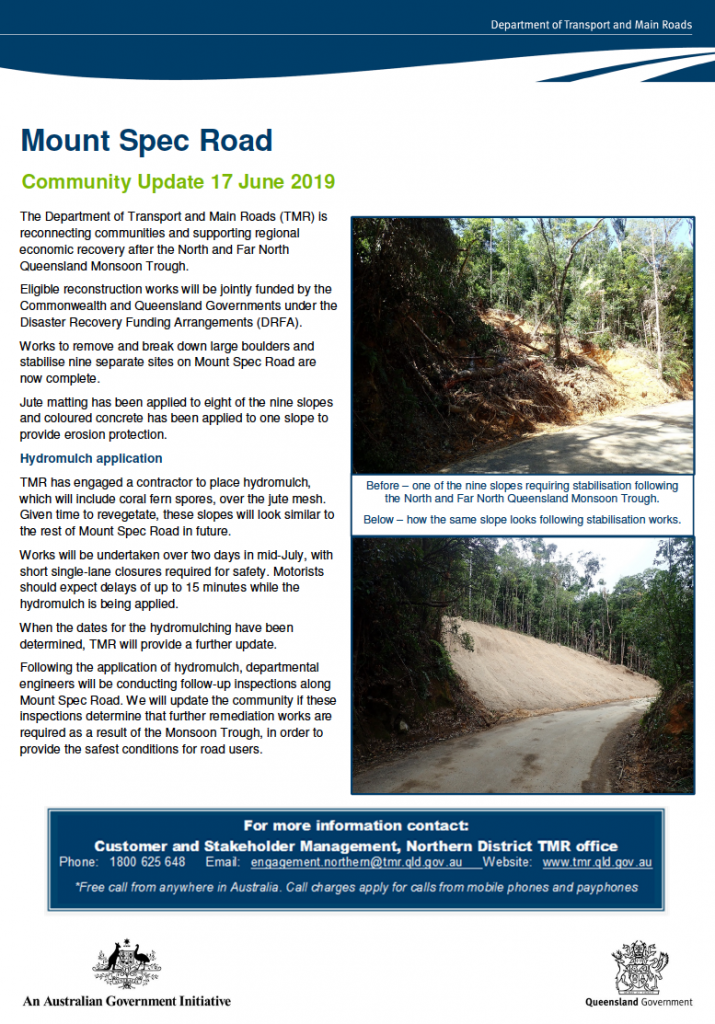Substantial winter rainfall at Paluma over the past few weeks has meant that conditions are still rather wet and boggy round the village and in our gardens. While many of us are keen for things to dry out a bit so we can get into the garden and prepare for spring, the local frogs appear to be relishing the damp conditions.
In my garden there is a small, but apparently permanent population of very handsome brown/coppery coloured frogs that like to inhabit both the leafy garden and the back veranda. They especially love living inside the foliage of pot plants on the verandah where it is cool, shady and damp. I finally managed to capture a photograph of one of these frogs last weekend.
In consulting Clifford and Dawn Frith’s book on ‘Australian Tropical Reptiles and Frogs’, I have tentatively identified this frog as the ‘Green-eyed Frog’ (Litoria [serrata] genimaculata).
In describing the Green-eyed Frog, the Frith’s note that it is tropical species confined to rainforests in Australia and New Guinea. They note that this species has evolved to be a master of disguise as it can transform its colour and shape to closely match its microhabitat. It has developed rows of small pieces of skin (lappets) along the edge of its limbs – these can be seen in my photograph on the front and hind limbs. The lappets obscure the normal frog outline, or contours of the body, making the animal more difficult to see amongst its usual habitat of rainforest and vegetated creeks (and my garden).
The Green-eyed Frog is highly variable in colour, with the body usually a shade of brown, reddish-brown or copper, with irregular darker patches. There is usually a dark or russet larger colour patch between the eyes – this patch can be seen quite clearly in my photograph. These frogs grow to an average length of about 65 mm.
Another reference book, Tyler and Knight’s ‘Field Guide to the Frogs of Australia’ notes that the upper half of the frogs iris is green (hence the common name). This I cannot discern from my recent observations or my photograph – but next time I see a Green-eyed Frog in my garden I will be sure to look deeply into its eyes!
Text & Photo by Michele Bird
